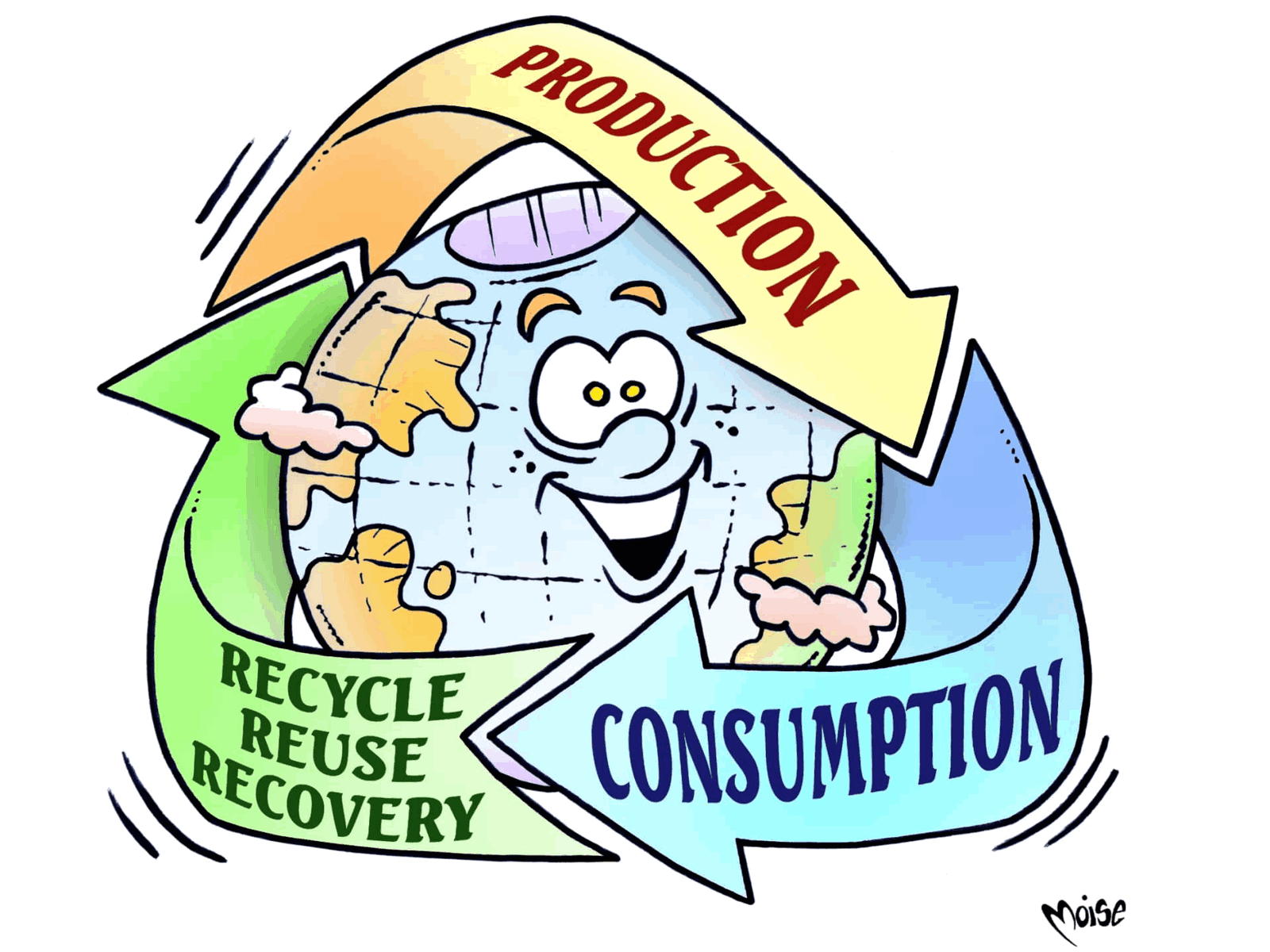
Resource

The waste emergency, caused by the development of the consumer economy and of the modern “disposable society”, is generated by a linear growth model in which objects are produced, used and got rid of. With the advent of the consumer society, planned obsolescence strategies (when an object is designed to quickly become obsolete) have also become established. Obsolescence can be considered as “perceived” (that is due to marketing and advertising strategies: an object may continue to be functional, but it is no longer perceived to be stylish or appropriate) or real. For example: a light bulb used to last 2500 hours on average, but in 1924 manufacturers entered into an agreement to limit the duration to only 1000 hours; in the 1930s, it was decided to make nylon stockings less resistant.
In fact, today many consumer goods (i.e. household electrical appliances, electronic devices and clothing) are designed to break down or to wear out after a certain period of time.
This model is based on the presumption, though a mistaken one, that an infinite quantity of resources exists and that they can be disposed of economically.
Therefore, it is necessary to change direction, from a linear economy – which is unsustainable – to a circular economy, based on new production ethics and on new lifestyles that involve the application of the reuse, recycling and recovery of materials and energy.
In this way, waste will turn into a resource.


